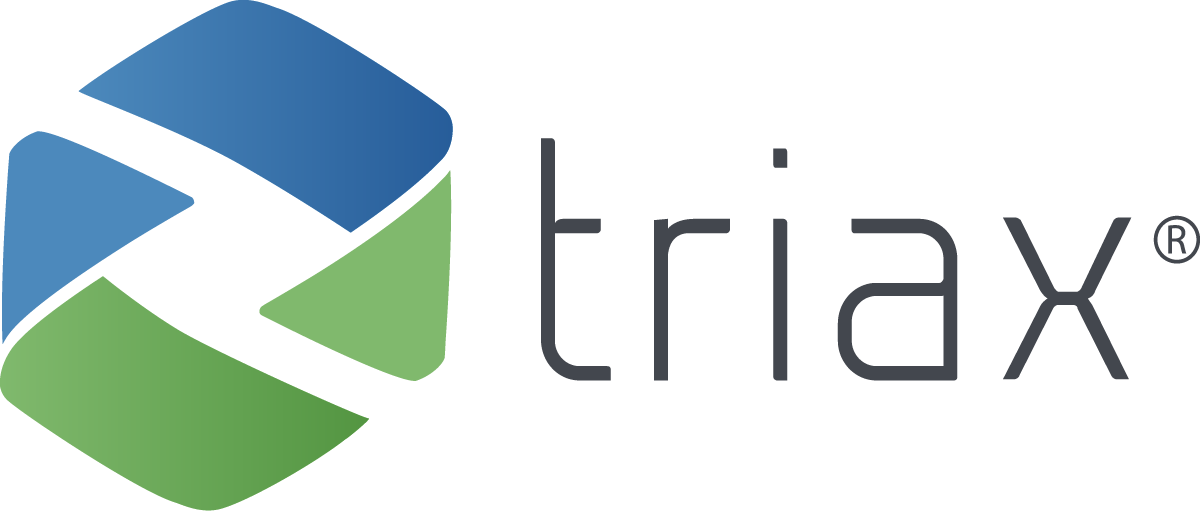In this exclusive series, Triax explores the skilled labor shortage facing the construction industry. Part One looked at the causes and consequence of the shortage. In Part Two, we’ll look at what the industry can do to address the problem and minimize the effects by changing the way they attract, manage and retain workers.
Change the Way You Recruit
The tight labor market is prompting firms to change the way they recruit workers, with more organizations tapping into underrepresented populations, including veterans, women, and African Americans. By focusing on outreach, and supporting non-traditional recruiting and training programs, builders can widen the labor pool and help create more qualified workers. The NAHB’s Home Builders Institute (HBI) initiative, for example, provides tailored, subsidized training programs to underserved and at-risk youth, adults, and ex-offenders. The HBI’s joint program with the Sheridan, IL Correctional Center along graduates 300 people each year, while the HBI sees 3,000 men and women complete its course of training annually.
The industry also needs to focus on attracting workers outside its traditional applicant pool, particularly women who make up just 9% of the construction workforce. Organizations are aiming to increase the pipeline by targeting women before they reach the jobsite through women-specific events, such as Habitat for Humanity’s National Women Build Week, and other recruitment efforts. The Policy Group on Tradeswomen’s Issue, as another example, is a Boston-based organization striving for 20% female participation by 2020. Collaborating with local project owners to meet and expand hiring goals and expand apprentice programs, PGTI is making a push to find women consistent employment in the construction industry after training.
Industry associations, contractors, non-profits, educational institutions, and policymakers need to join forces to educate and engage students at high school and post-secondary levels about the good-paying opportunities that await them in construction. Refocusing on vocational schools and embracing diversity, with support from contractors and local trades, can widen the pool of potential workers and prepare them for the skilled jobs that need the most help.
Without a pipeline of experienced and skilled workers ready to go, contractors have to attack the problem from another angle by maximizing their workforce already in place. Resourceful and future-focused construction firms are relying more and more on cutting-edge, IoT-enabled technologies that allow them to harness their most valuable resources on site – workers, machinery, materials, tools – to see how they’re interacting with each other and how they can be optimized to streamline operations and scheduling.
“The ongoing labor drought continues to put pressure on the already high-risk, low-margin construction industry. As labor challenges continue to grow, technology will play an increasingly important role supporting the existing workforce while inspiring the next generation of industry professionals.” -Sarah Hodges, Director, Construction Business Line, Autodesk
Armed with smart devices and real-time tools that connect the field to the back office, contractors are utilizing project management software and other emerging technology tools to cut down on manual work, automate processes and unlock efficiency. These mobile solutions can track and catalog changes to blueprints, create a single-stream of information, and automate other basic administrative tasks, such as time and attendance, which frees up employees to focus on building buildings.
The same AGC-Autodesk survey found that 25% of contractors are adopting methods like lean construction, virtual construction, off-site prefabrication and Building Information modeling (BIM) to maximize their resources. An equal percentage is using labor-saving tools, such as drones, laser-guided equipment and 3D printing. In time, one-off inventions, such as SAM, the Semi-Automated Mason, which can reportedly complete the work of six bricklayers each day may make a sizeable difference.
Invest in Workforce Development and Company Culture
With such stiff competition, companies have to ensure they’re doing everything they can to keep their employees engaged and prevent them for looking for work elsewhere. Culture is a talent magnet and creating a positive and collaborative environment on and off the jobsite is key to showing workers just how much you value them. This starts with management and trickles all the way down.
FMI, an investment banking and management firm, found that the majority of construction firms do not invest enough into workforce development, despite the fact that firms with strong development cultures have the highest employee retention. Of those that FMI surveyed, 89% reported worker shortages, but 55% did not have an official process for identifying and developing employees with high potential. What’s more, nearly 60% said they did not have effective training or performance management efforts, but 43% also didn’t have a formal workplace development budget.
According to Gallup research, millennials in particular prioritize opportunities for on-the-job growth and training. Initiatives such as mentoring programs, cross-training for different positions, and personal development programs, not only help workers acclimate, but help them feel part of a true team. In a non-traditional twist, some companies are even arranging reverse mentoring programs, where younger workers bring more seasoned employees up to speed on emerging technologies, share their expertise and build a link between different generations.
Everyone wants to return home at the end of the day feeling a sense of accomplishment from a job well done, and when employers put the right technology into employees’ hands, it can make workers feel like they are being given the tools to succeed. Emerging technologies, particularly those focused on safety and project management, are helping in this regard. New products designed to alert workers to hazardous site conditions, or that allow workers to report unsafe conditions without leaving their work area, are much more powerful – and efficient – tools than stop work cards or air horns. When corporate culture and employee satisfaction is prioritized, workers are less likely to look to other organizations – or industries – for career opportunity.
As construction backlogs continue to grow, there is little doubt that employers must focus on attracting and retaining workers. To be successful in the long-term, construction companies of all sizes and specialties must embrace a lean, entrepreneurial mindset that prioritizes innovation. Investing in outreach and training programs, developing and implementing robust workforce training programs, and communicating construction’s proud history and bright future to traditionally underrepresented groups including women and millennials can help bridge the gap. In addition, technologies available today can streamline processes and harness untapped data to eliminate inefficiencies and help companies build smarter, safer, and faster than ever before.
The skilled labor shortage won’t be solved overnight, but with a multi-pronged approach, the industry can bridge the gap and position itself well into the future.
###
Workforce demographics are changing, and it’s time to adopt a company strategy that changes alongside it. The right construction technology will accelerate your processes, engage your workforce, and perform well on a fast-moving, rugged jobsite. Spot-r by Triax delivers compact, networked wearable devices, designed to be worn by every worker on your jobsite, to provide instant visibility into what’s happening on your projects: where workers and equipment are located, how they are interacting, and if any safety incidents have occurred.
Do More with Less. Remove the hassle of paper timesheets and manual worker counts and save time wasted tracking down people and information.
Safety First. Receive real-time fall notifications and unauthorized equipment operator alerts, and even send out worker- and site-level evacuation alarms in the event of an emergency.
Custom Reporting. A Cloud-based dashboard securely aggregates your Spot-r safety and productivity data, making it easy to filter and share reports by project location, incident type, trade or worker.
The Big Picture. Integrate Spot-r data into your preferred project management system, like Procore, for a holistic view of your operations without data double-entry.
The Support You Need. Triax’s Client Engagement team takes the lead with network installation and user training and continues to monitor your jobsite to ensure seamless connectivity.

